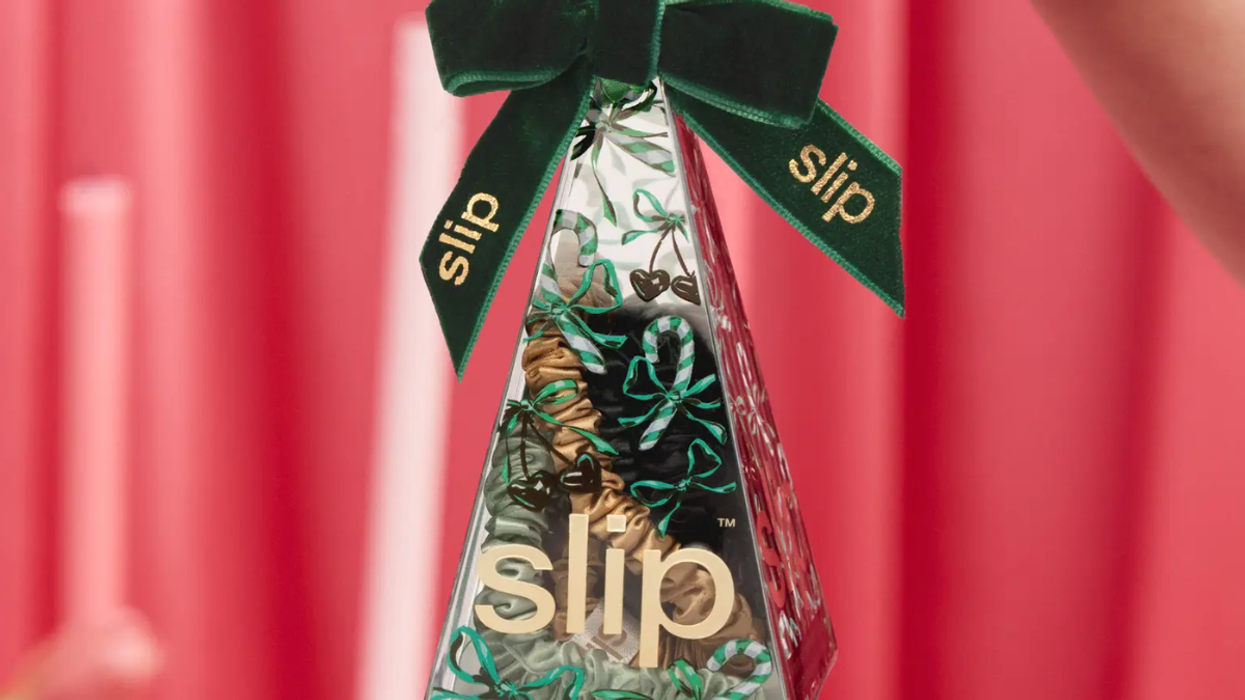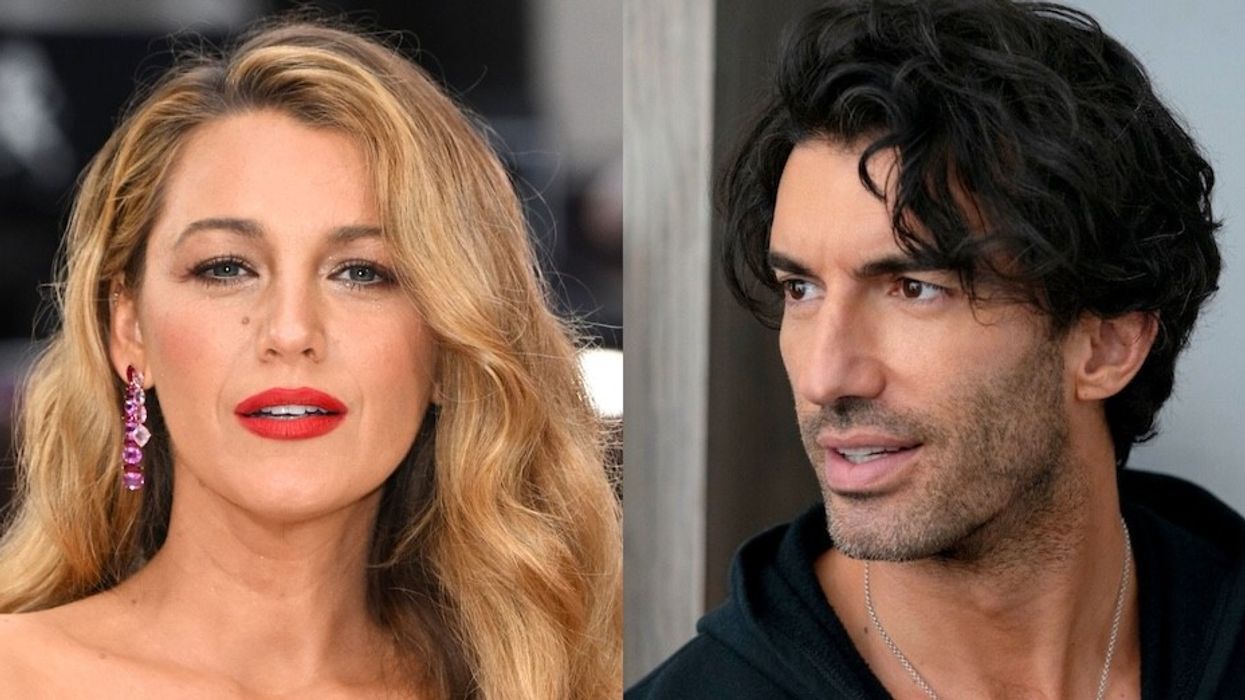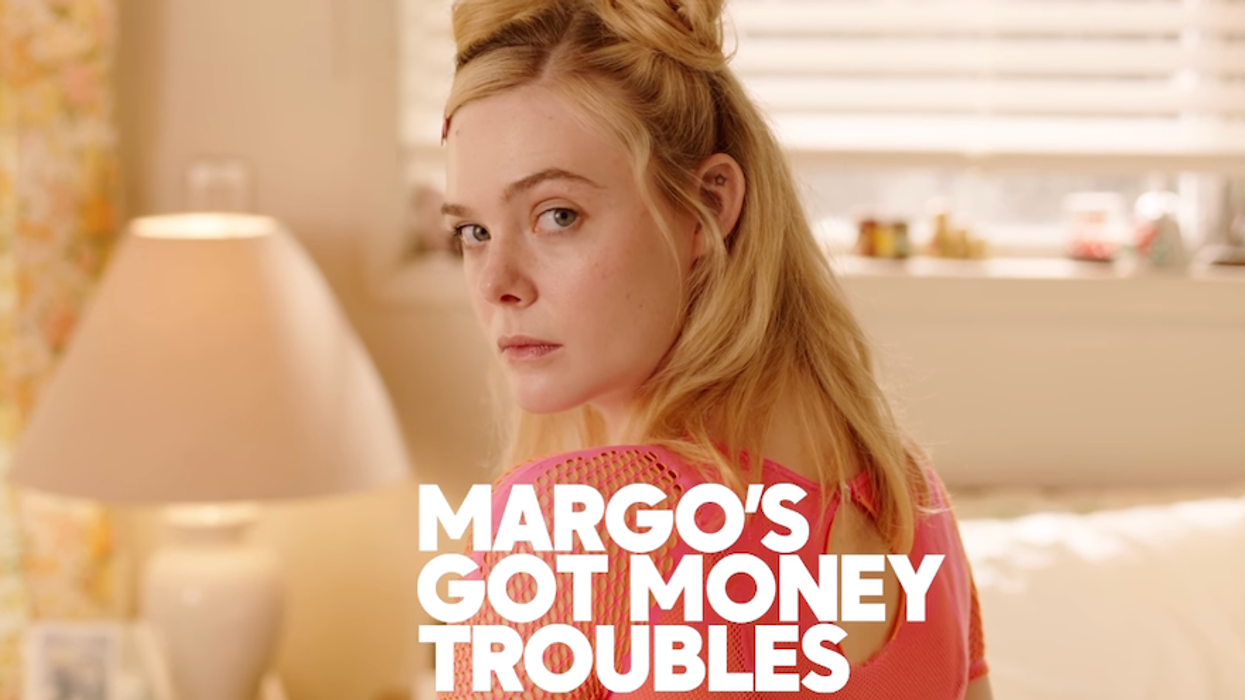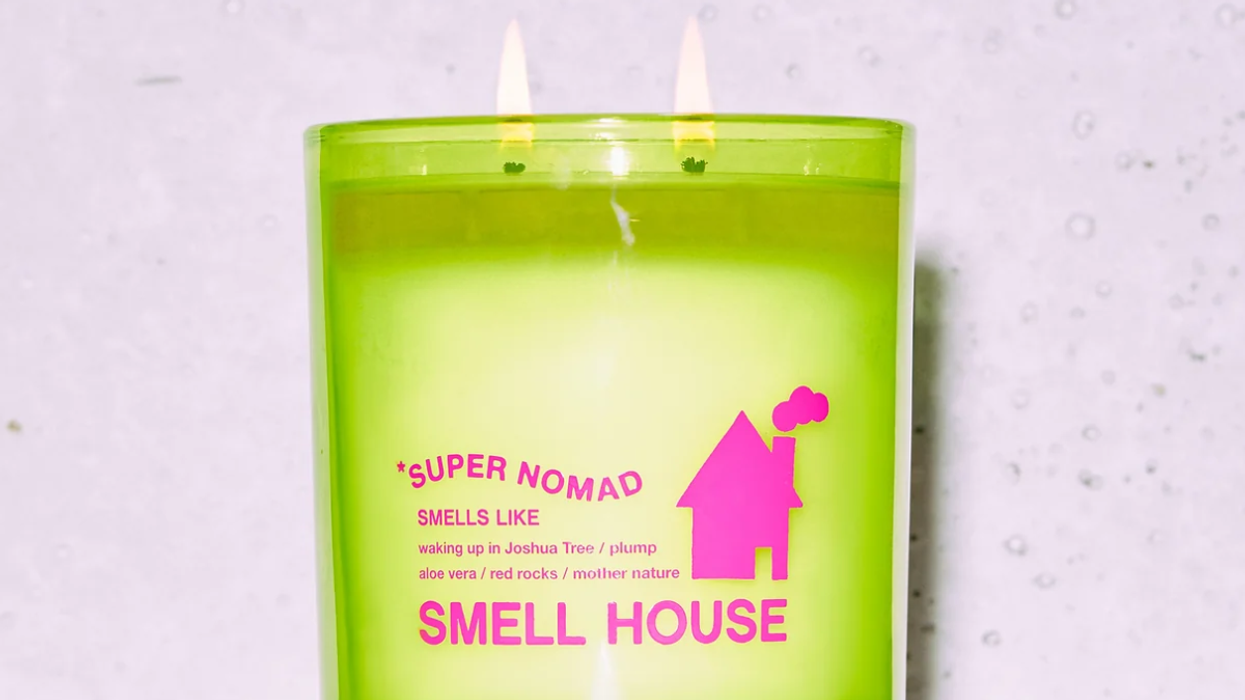There are benefits beyond the buzz.
Everything You Need to Know About CBD, the Latest “It” Wellness Ingredient
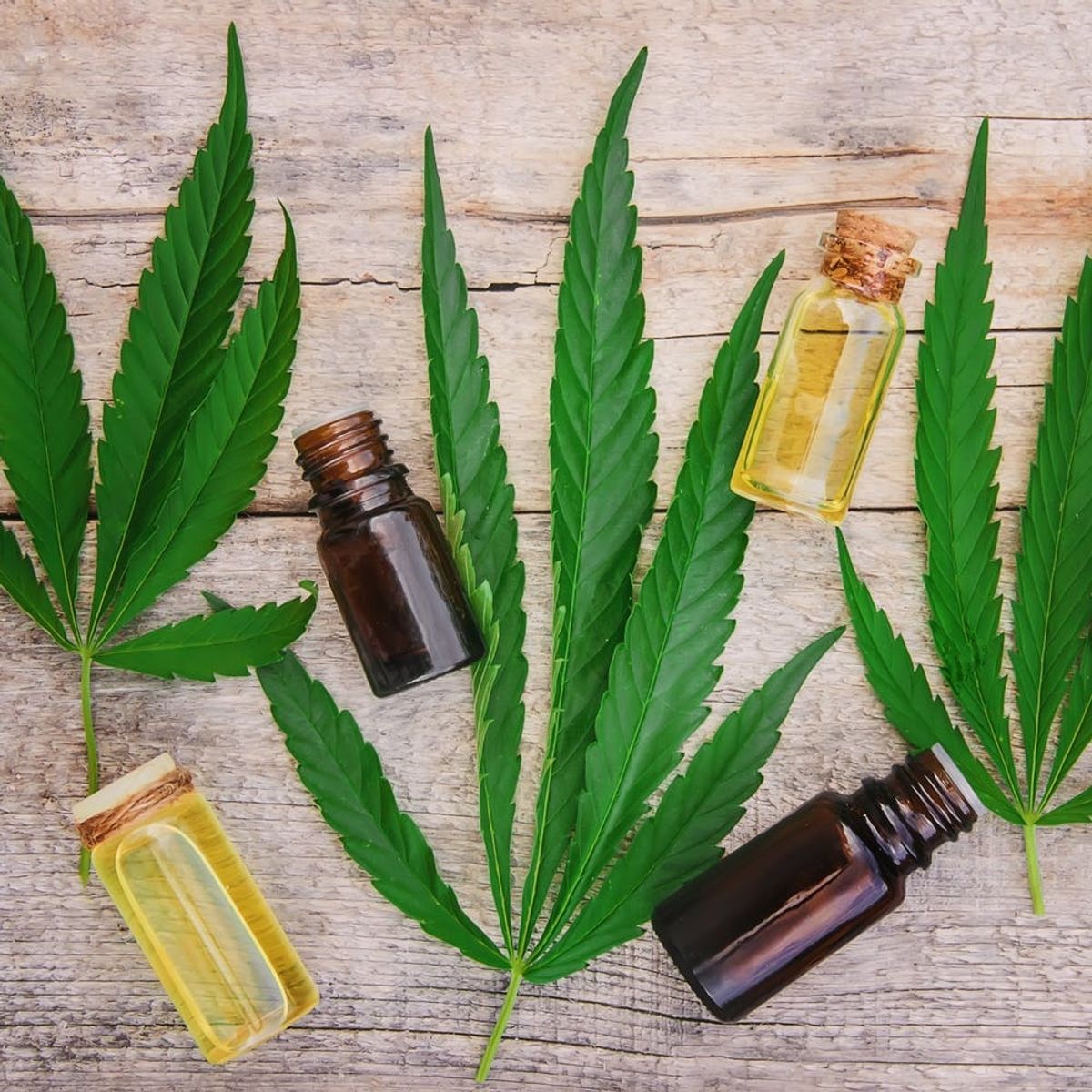
Lesley Chen is a California native who writes about travel, health/fitness, and other lifestyle topics. She has a serious case of RBF and exercises mainly to balance out an aggressive candy addiction.
Cannabidiol (CBD) has become somewhat of a darling in health and wellness circles. Like the latest “It” girl, people can’t seem to stop talking about CBD, and it’s everywhere — in skin creams, chocolate, beverages, and even pet products. A quick Google search for “CBD products” yields over 129 million results, and the reported benefits include everything from reducing under-eye puffiness to helping with anxiety, body pain, and insomnia. So what exactly is this so-called miracle ingredient, and does it actually work? Here’s the straight dope on CBD.
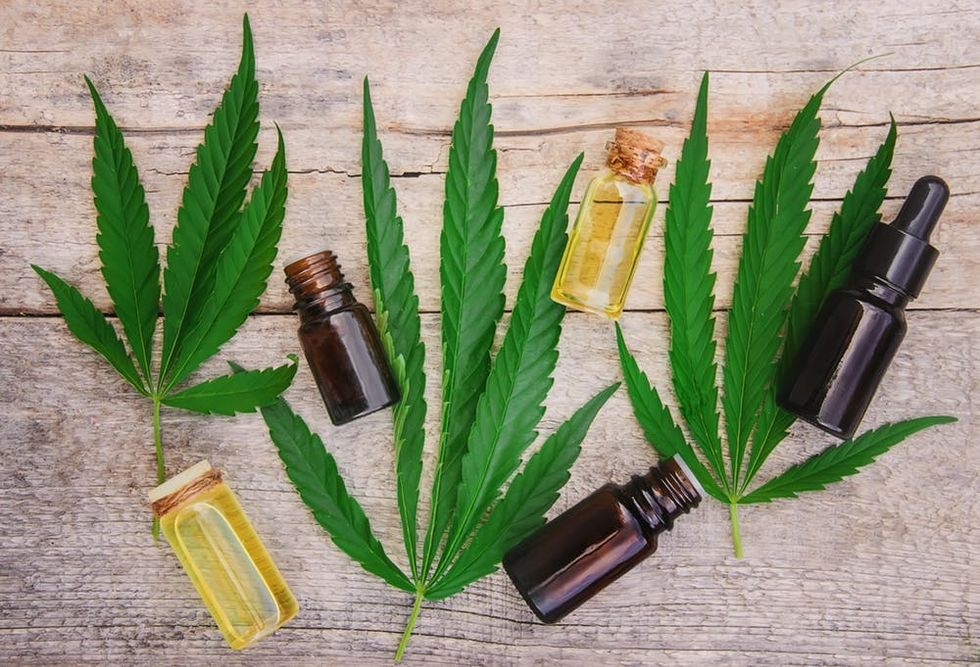
1. What is CBD and… can it get me high? CBD is a cannabinoid, a natural compound found in the cannabis plant. There have been over 100 cannabinoids identified. Most people have heard of tetrahydrocannabinol (THC) because that’s what gets you high; CBD, on the other hand, is non-psychoactive, so while it can have other medicinal effects on your body, it won’t get you stoned. In addition, the World Health Organization concluded that CBD “does not appear to have abuse potential or cause harm,” and the World Anti-Doping Agency in 2018 removed it from its list of prohibited substances.
All cannabinoids work with the endocannabinoid system, which is designed to maintain homeostasis in your body by regulating sleep, appetite, mood, and pain, among other things. According to Len May, CEO of Endocanna Health — a company that makes DNA kits to help determine your personal cannabis compatibility — CBD and THC work on different receptor sites in the body, which is why they have different effects. THC tends to bind to CB1 receptors, which are located in the brain and nervous system (and linked to emotions, appetite, and motor control), whereas CBD binds to CB2 receptors in the immune and digestive system (linked to inflammation and pain).
2. Are there different types of CBD? CBD can be sourced from hemp or marijuana; they’re both in the same cannabis plant family, but hemp contains less than 0.3 percent THC. Says Jewel Zimmer, founder of Juna, an SF-based company that makes CBD and/or THC infused drops, “The hemp variety tends to be stockier and more fibrous, but it’s still packed full of all the cannabinoids you’d find in a cannabis plant.” Anyone can buy hemp-derived CBD products online, but you can only buy marijuana-derived CBD from a dispensary. Regardless of its source, CBD is CBD and will have the same effect.
3. So, CBD is legal, right? It’s… complicated. Marijuana is federally illegal (though legal for medical and/or recreational purposes some states), and hemp is federally legal for pilot programs under a 2014 Farm Bill. At least 40 states have passed legislation related to industrial hemp, and there are a number of active pilot programs around the country that grow hemp legally under research guidelines. There are also state-specific differences in terms of cultivating vs. selling legal hemp. The expected passage of the Hemp Farming Act of 2018, which will legalize hemp under federal law and allow CBD to sold legally in all states, might clear up some confusion. “It’s going to change the whole landscape,” adds Zimmer, “not just for hemp, but it’s also the initial movement for changing the legalization of cannabis federally.”
4. What can I use CBD for? A lot of clinical research still needs to be done to prove any health benefits of CBD, but anecdotal information has suggested it’s a “potent anti-inflammatory, great for balancing mood, stress, hormones,” according to Zimmer. “CBD’s whole purpose is to create homeostasis in the body.” It’s not a cure-all, but early studies have linked CBD as a potential treatment for anxiety, pain and inflammation, breast cancer, and insomnia. Perhaps the most promising evidence of its medical (and commercial) use, May points out, is through big pharma: GW Pharmaceuticals earlier this year released the first FDA approved medicine derived from the cannabis plant (Epidiolex, a CBD-based drug to treat childhood-onset epilepsy).
How you consume CBD depends on what you’re trying to address. The fastest way to administer CBD (other than injection directly into the bloodstream, which no one does) is via smoking or vaping, though burning plants can create certain by-products. Elixirs or tinctures you drop directly on your tongue are the next-fastest way to get CBD into your system. Then there are topical rubs and creams, which have to go through the skin and don’t penetrate the blood barrier, and edibles or capsules, which are the slowest because they have to go through your digestive system and get metabolized by your liver. So, for example, May explains, if you are trying to deal with under-eye puffiness, you may opt for a cream to reduce inflammation. But if you’re trying to get rid of a headache, you might want something a little faster and accordingly choose a tincture.
5. How much should I take? Unfortunately, there is no clear-cut answer — CBD’s effectiveness on any given individual depends on a number of factors, including their genetic makeup, tolerance, symptoms, and any other medications or supplements they’re taking. May suggests starting with around 25 mg a day. “With everything, start low and work up. Figure out what works for you.” The method you use to ingest CBD will also affect how fast you feel the effects; if you don’t feel anything from an edible immediately, it doesn’t necessarily mean it isn’t working.
Zimmer says you can tell when you’ve had too much CBD because it works on a bell curve, like any other herb or adaptogen. If you have just the right amount, it’s like a lock and key. Too little and you won’t feel anything; too much and you may get more side effects. “It’s subtle, but it’s kind of like when you’ve had one too many cups of coffee or a little too much kombucha. [You] don’t feel amazing, but you really can’t hurt your body. It’s a really safe plant.”
There are no reported studies demonstrating any fatal overdoses of cannabinoids. In addition, says May, the evidence so far suggests that your body doesn’t adapt to particular levels of CBD in a way that would create drug tolerance and over time necessitate higher doses for the same effects. “There haven’t been any studies yet that show there is this overabundance of CBD that is bound to the receptors, and you keep needing more and more to get the same effect. We have seen that on the THC side because that molecule binds pretty aggressively to the CB1 receptor. On the CBD side, people are consuming the same daily dose and getting the same results.”
6. If you’re otherwise healthy, is there still a benefit to taking CBD? May says yes, and that he considers CBD as part of an overall wellness routine. He says he consumes CBD as a daily supplement, “just like I would with any other mineral or vitamin. You’re helping to protect your immune system, you’re helping protect your neural pathways.” Zimmer agrees. “Your whole body is working around this endocannabinoid system, so the healthier we can keep it, the more active we can keep it, the better the rest of our body is going to work.” She takes it daily for stress and balancing hormones and says it’s like “a healthy pause almost. It’s very clearing, it’s very focusing.”
7. What should I look for in a CBD product? May suggests that when looking for CBD products you treat them just like you would any other purchase — look for a reputable brand and something on the packaging that shows the product was tested, where the CBD is sourced, and how much CBD is actually in it. “You want to know that the product is exactly what it says. Any reputable brand, if they’re saying [the dosage] is 25 mg, they have to make sure it’s 25 mg. Using common sense is going to be helpful, especially when you’re going to be putting something in your body.”
Zimmer encourages people to look for whole-plant extract or whole spectrum, where you’re getting other plant compounds such as terpenes and flavonoids in addition to the CBD, because she says everything works synergistically together. “I’m a huge believer that keeping the plant intact is not going going to be a better medicine, but a better feeling. Your body knows how to process it much better.”
TL;DR: There are many possible benefits of incorporating CBD into your lifestyle, but more clinical research has to be done to truly prove its effectiveness. Interested in trying it out for yourself? Here are a few products to check out. And, as always, consult with your doctor if you have any questions about CBD and to find out how it may react with other supplements or medications you’re taking.
Tinctures/Sprays
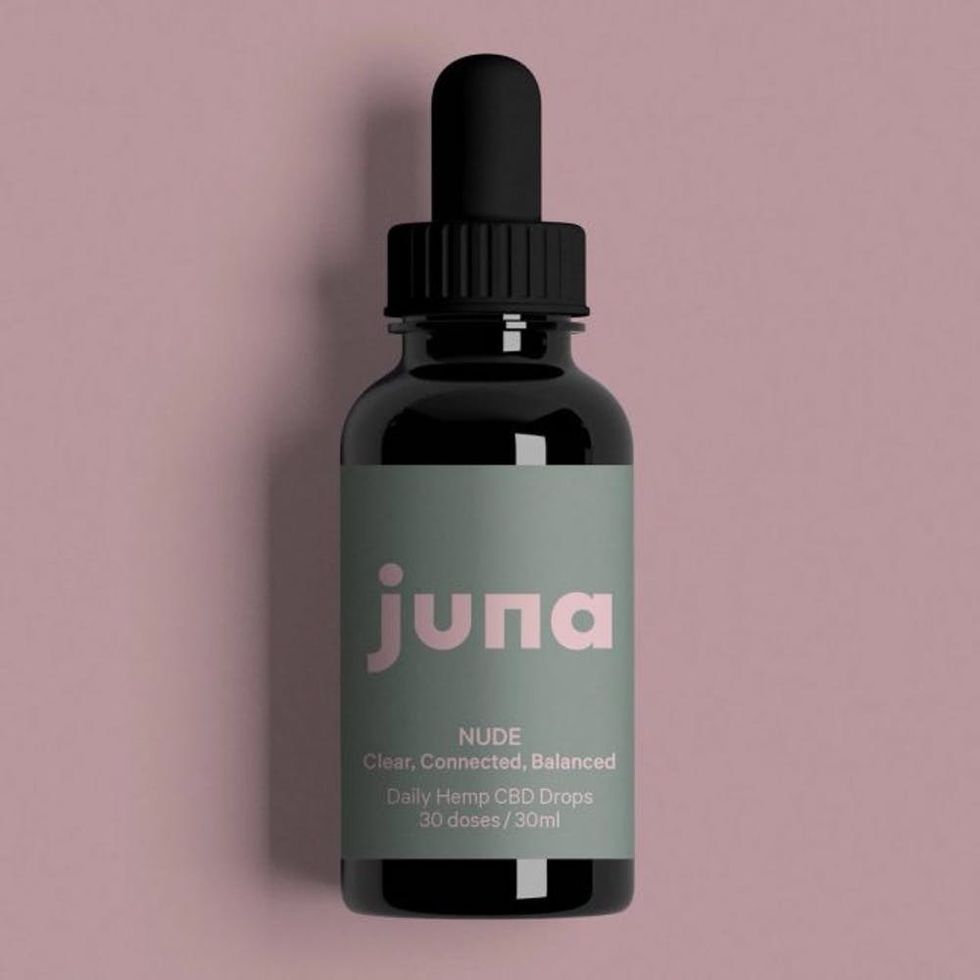
Juna Drops: Nude (Hemp) ($75): Founder Zimmer took her former experience as a pastry chef and chocolatier to create silken drops with a focus on quality ingredients and palatability. Juna Drops are full-spectrum infusions of hemp- or marijuana-derived CBD (the latter only available in California) with a subtle herbal flavor that can be included as part of your daily wellness routine.
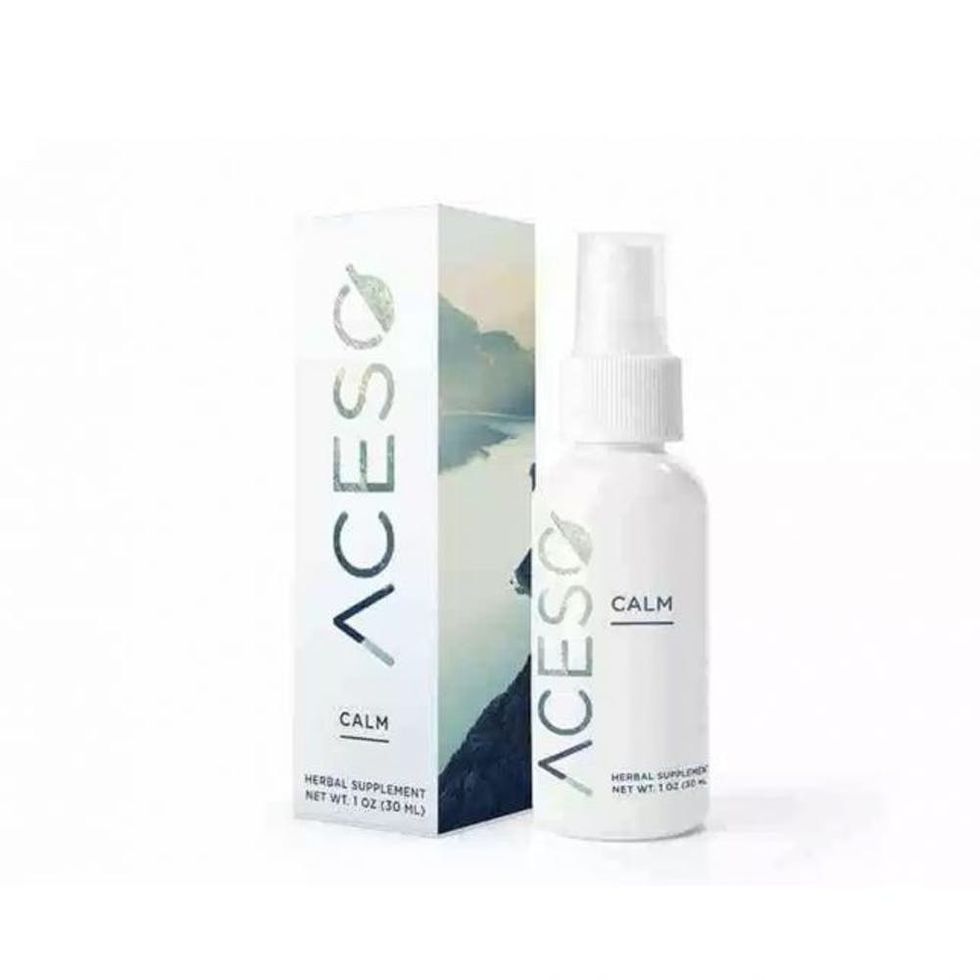
Aceso Calm Spray ($70): Aceso uses whole-plant extracts to formulate their line of CBD products, offered in both beverage packets and spray form. Each product combines hemp with various terpenes to create a different effect: Aceso Calm has grapefruit and lavender to help reduce anxiety, Aceso Soothe has cinnamon and anti-inflammatory turmeric to relieve pain, and Aceso Wellness uses lemon and orange oil to support energy and immune function.
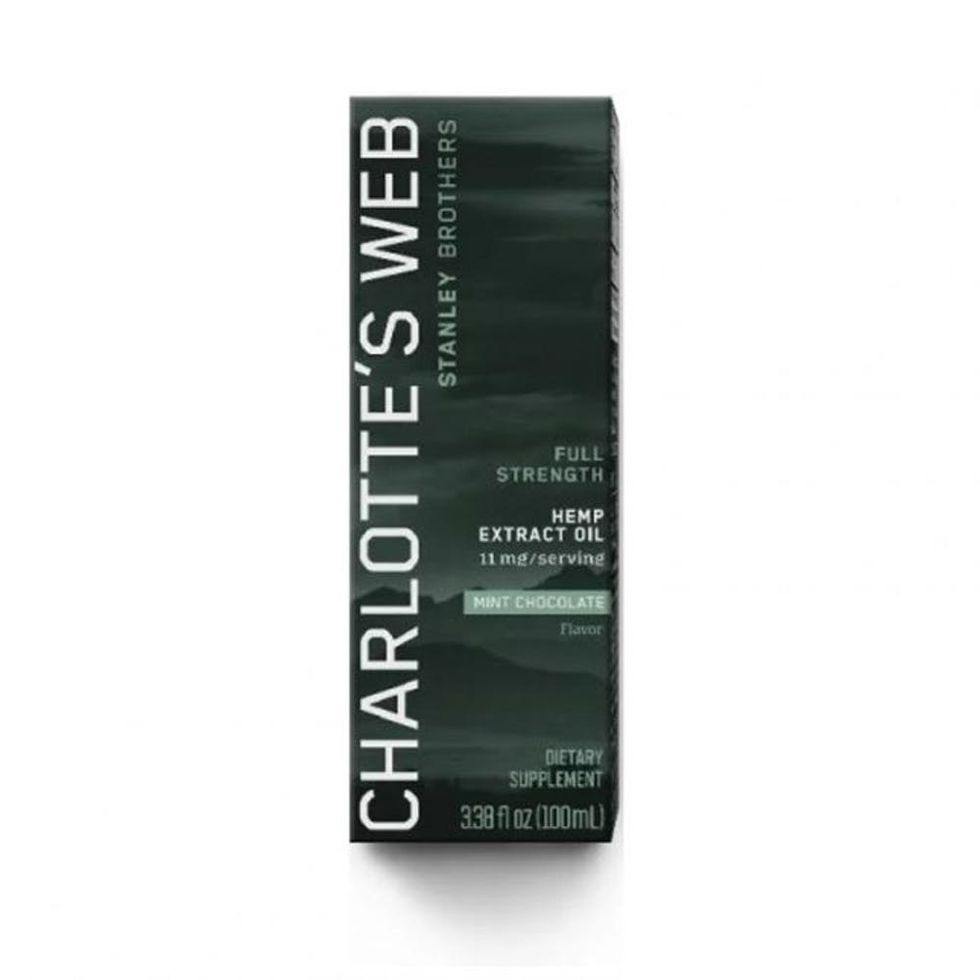
Charlotte’s Web’s Full-Strength CBD Oil ($40+): This CBD oil only has three ingredients: whole-plant hemp extract, oil, and flavor (it comes in olive oil or mint chocolate). There is approximately 10 mg of hemp extract per 1 ml serving, and it’s designed to support everyday stresses and increase calmness and focus. There are also extra-strength (25mg per 1 ml) and original formula (43mg per 0.5ml) versions.
Edibles
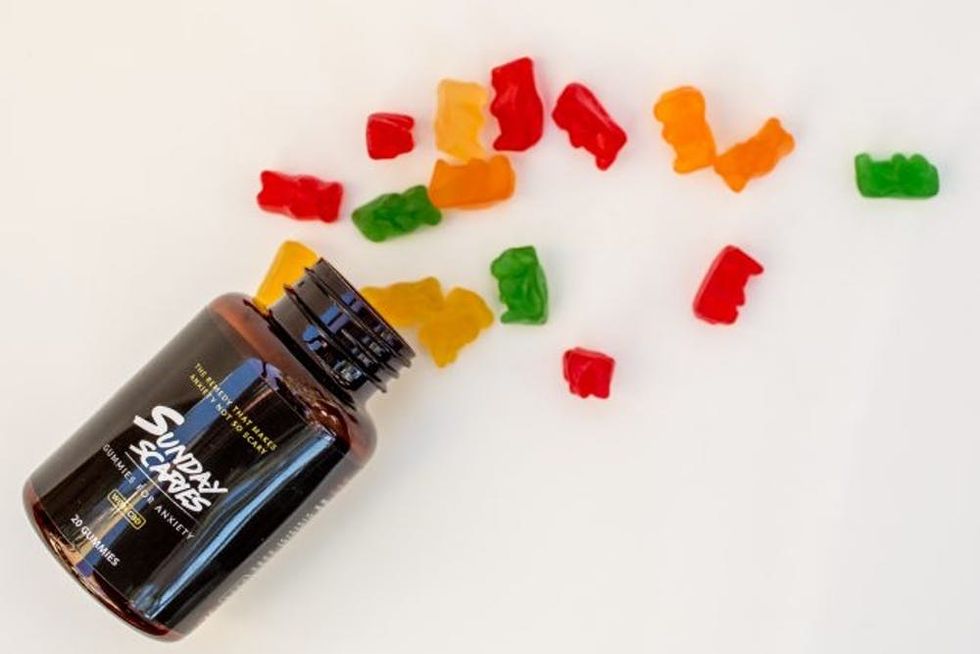
Sunday Scaries CBD Gummmies ($39): To help deal with Sunday (or even everyday) scaries, these little gummy bears have full-spectrum CBD along with vitamins B12 and D3. Each bottle contains 20 gummies, each with 10mg of CBD.
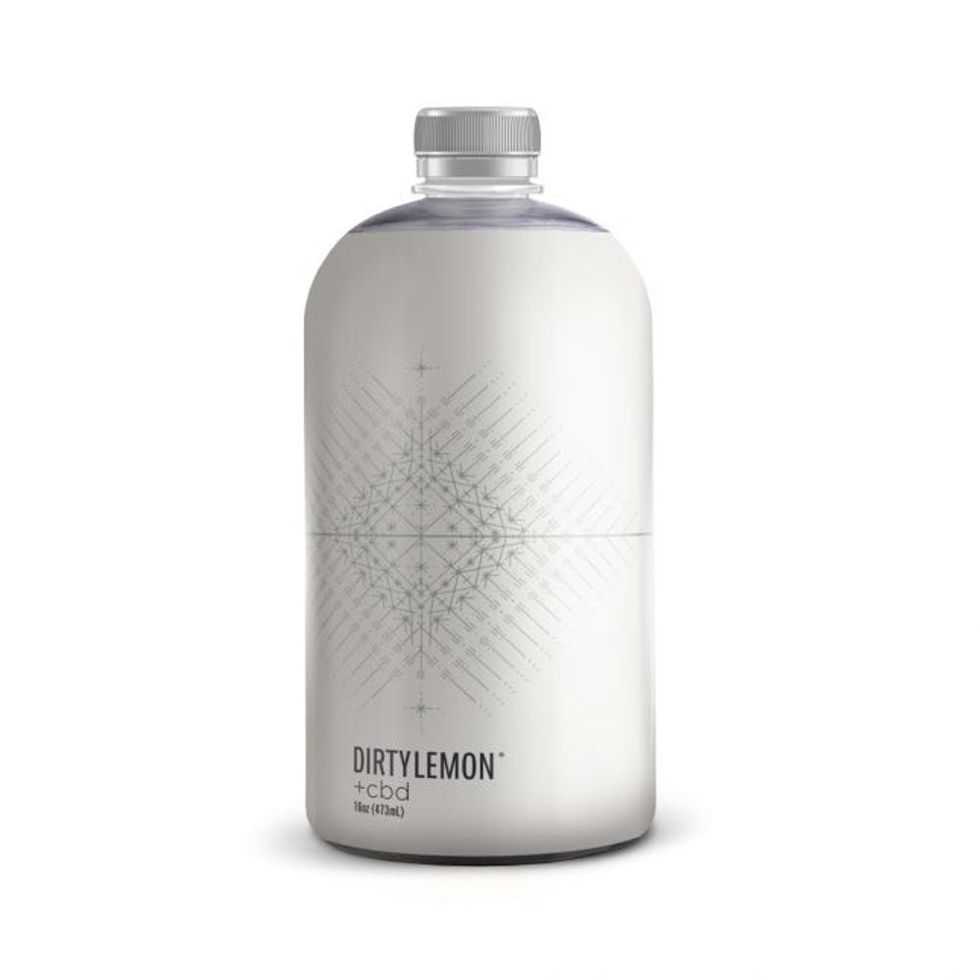
Dirty Lemon x Beboe + CBD ($65 for 6): The trendy water company has previously released versions with hyped-about ingredients such as collagen, charcoal, and turmeric. Their latest product has 20 mg of full-spectrum CBD (sourced from Beboe) per bottle to help you have a clear head and relaxed body.
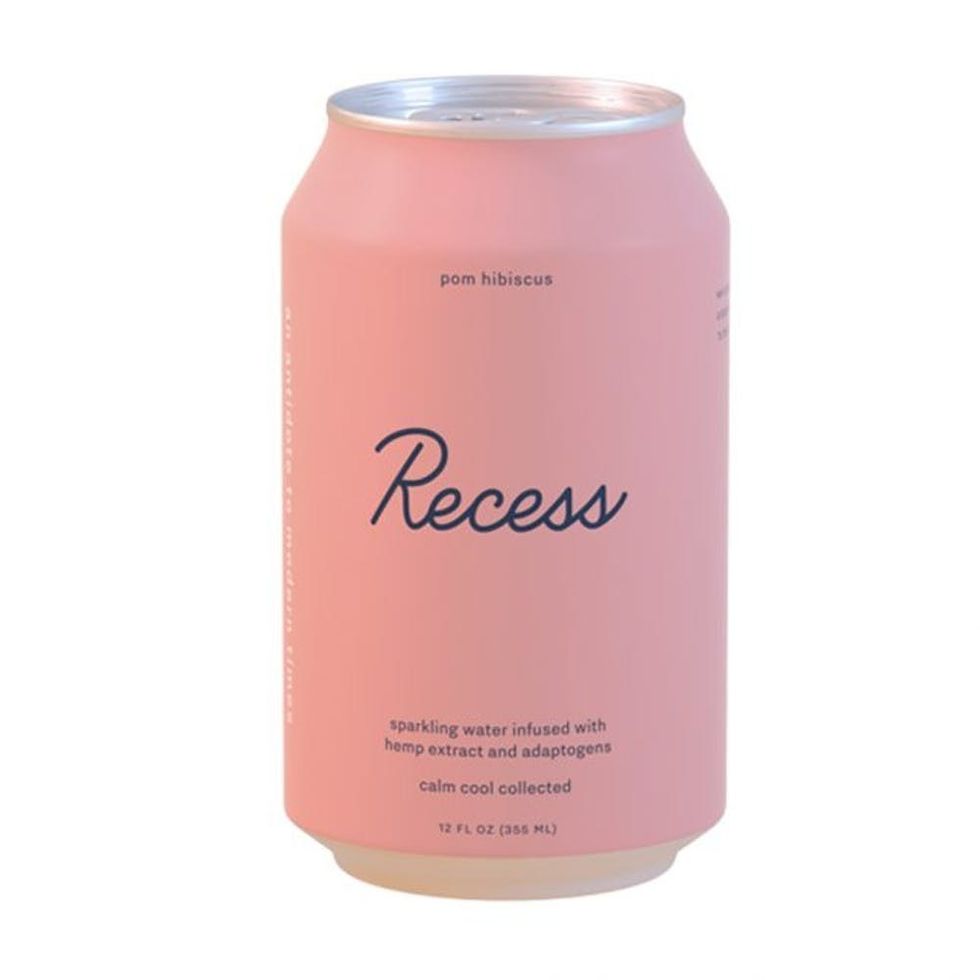
Recess ($30 for 6): Upgrade your La Croix with Recess, a CBD-infused sparkling water in made-for-Instagram pastel cans. Each flavor — Blackberry Chai, Pom Hibiscus, and Peach Ginger — has 10mg of full-spectrum CBD.
Topical
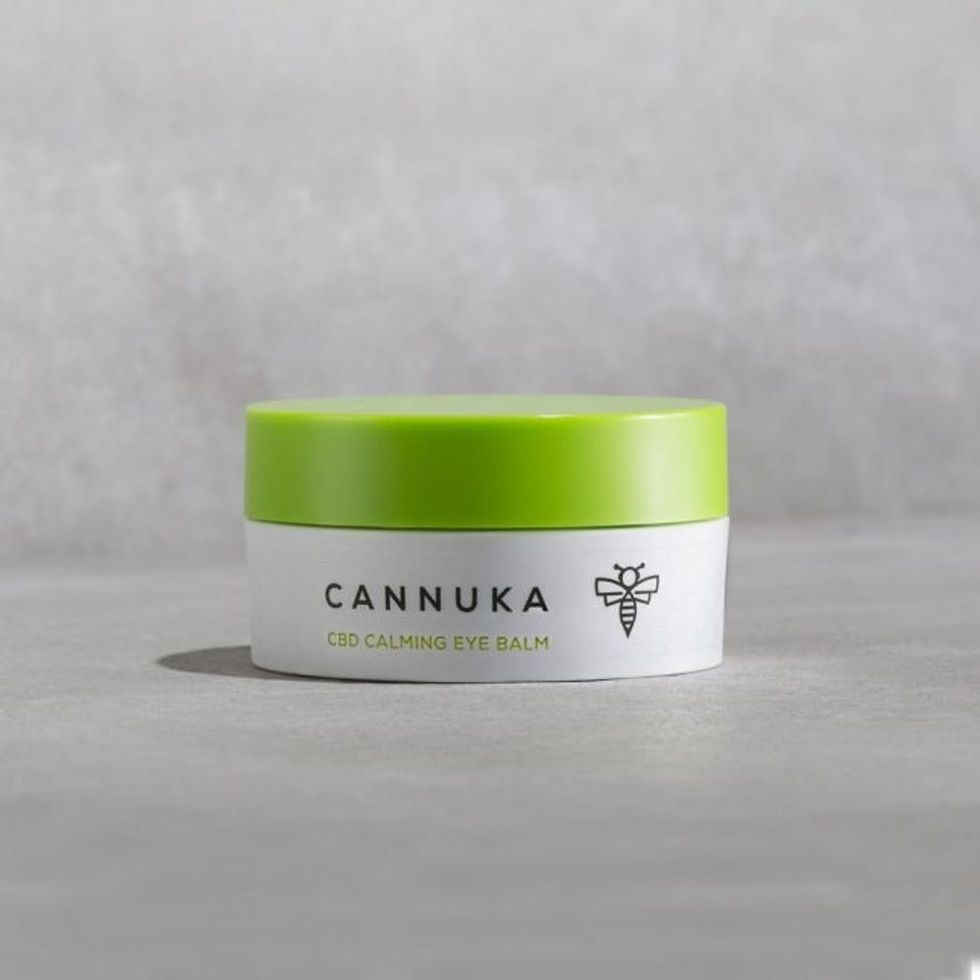
Cannuka CBD Calming Eye Balm ($38): Cannuka’s products combine CBD with Mānuka, arguably the queen bee of honey (it’s claimed to provide both antioxidant and anti-inflammatory benefits). The hydrating eye balm also has vitamin E and grapeseed and rosehip oils to help reduce under-eye puffiness and dark circles.

Be Trū Wellness Body Pain Relief Cream ($50): This body cream uses a patented nano-amplified hemp extract to increase absorption into the body to provide quick pain relief that lasts for up to six hours.
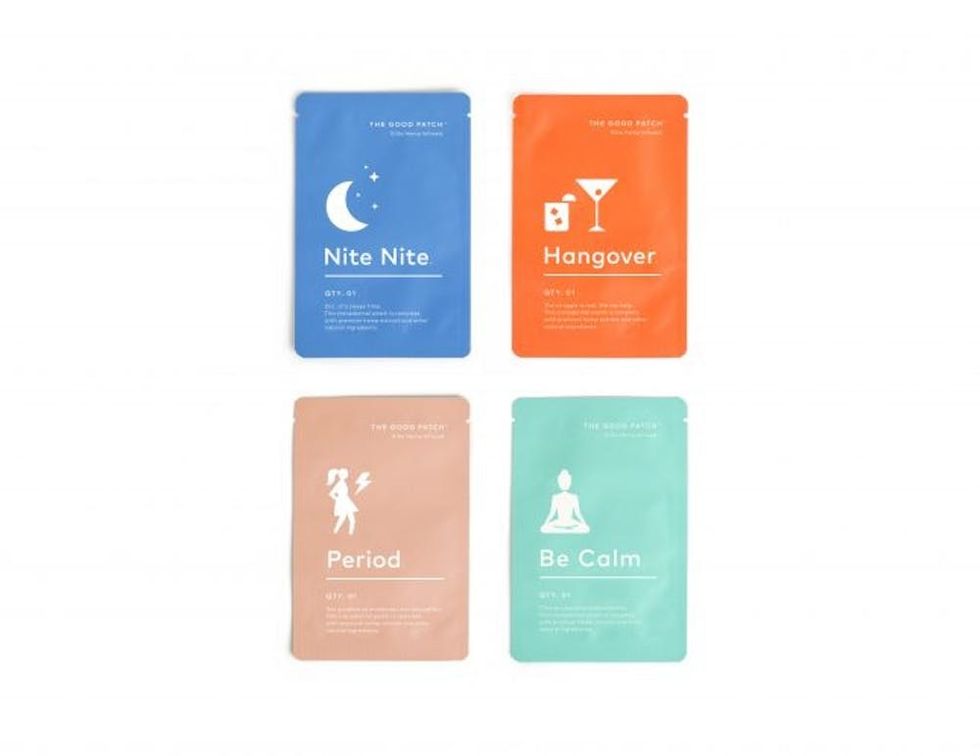
La Mend The Good Patch ($12): These patches contain 15 mg of hemp-derived CBD (there are also plant-based only patches) and meant to be worn for 12 hours to address four different ailments: Hangover, Nite Nite, Be Calm, and Period.
Share your favorite wellness products with us @BritandCo.
(Photo via Getty)
Brit + Co may at times use affiliate links to promote products sold by others, but always offers genuine editorial recommendations.





